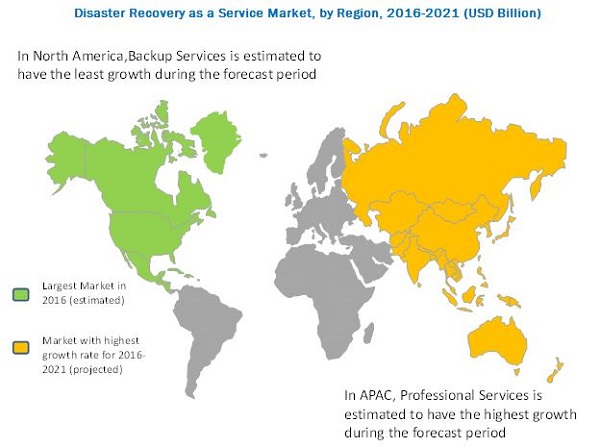Recent outages experienced by major organisations like Telstra and Amazon Web Services’ (AWS) have served as a fresh reminder of how heavily reliant businesses today are on the 24 x 7 x 365 availability of their technology platforms. Amidst speculation that these outages may have caused Telstra’s COO to leave the company after 12 years, it also highlights how customers in today’s always-on, always connected world are far less forgiving of unscheduled downtime.
Natural, man made and human error disasters can strike at any time. The survival of your business may well depend on the quality of your Disaster Recovery (DR) procedures and the accessibility to your data. Historically, DR planning had a reputation for being difficult and time consuming. Setting up alternate datacentres, buying infrastructure, establishing data replication and securing the expert resources to deploy, test and manage everything can be an expensive and daunting exercise – daunting in that if not deployed correctly and validated frequently, your expensive DR solution may prove futile when a disaster actually strikes.
Transitioning from a traditional on-premises deployment to a managed cloud-based solution, Disaster Recovery as a Service (DRaaS) has grown enormously in popularity in recent years. By engaging a trusted Service Provider for DRaaS; small and medium sized organisations can easily access industry-leading solutions built on enterprise-grade infrastructure supported by teams of engineers, local support centres and solution specialists. Customers can easily tailor their Recovery Point Objective (RPO) and Recovery Time Objective (RTO), customise geographic and terrestrial diversity, and tweak their testing procedures as required to meet evolving business goals, regulatory requirements and compliance obligations.
The service model removes the need for capital investment in infrastructure making it much more financially viable and empowering organisations to invest in their business, not their infrastructure. It reduces resource barriers by mitigating the need to employ specialists, and provides the reliability, flexibility and availability organisations need, backed by contracted Service Level Agreements (SLAs) they desire.
According to data published by MarketsandMarkets, the global DRaaS market is expected to grow at an astounding rate of 45.9% – from $US1.68b in 2016 to $US11.11b by 2021.

The report highlights that growth will be fueled by increasing adoption of DR services in verticals such as Media and Entertainment, which is expected to grow at the highest rate during the forecast period, and through the continued adoption in the Banking, Financial Services and Insurance (BFSI) sector, which is expected to dominate the market with the largest share in 2016. The affordability of DR services is also leading to an increased adoption rate among Small and Medium Enterprises (SMEs).
North America is expected to contribute the largest market share and dominate the DRaaS market from 2016 to 2021, due to large investments in cloud-based solutions, early adoption of new and emerging technologies, and high internet penetration. The Asia-Pacific region (including Australia) will be the fastest-growing region for the global DRaaS market driven by the explosion of new technologies and increase in the number of organisations adopting DR services.
With our reliance on technology growing exponentially each year, securing the best fit-for-purpose DRaaS is no longer a nice to have, it is rapidly becoming an essential ingredient for business continuity and mitigating risk. For more information, contact the blueAPACHE DRaaS team.
To browse the full market research report, visit MarketsandMarkets.
To learn more about Disaster Recovery and why it should be a priority, contact the blueAPACHE account team.

